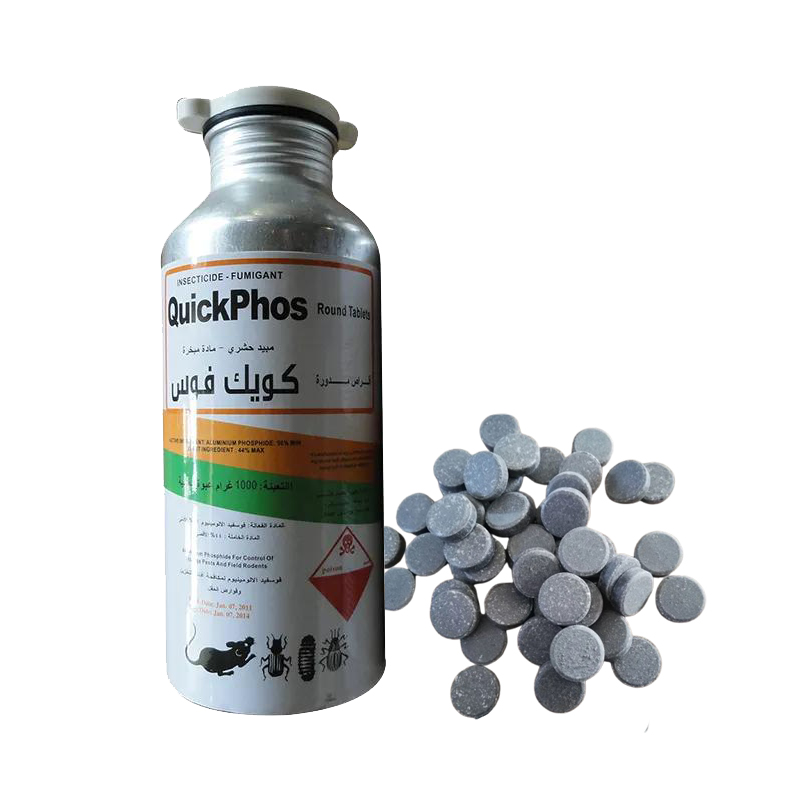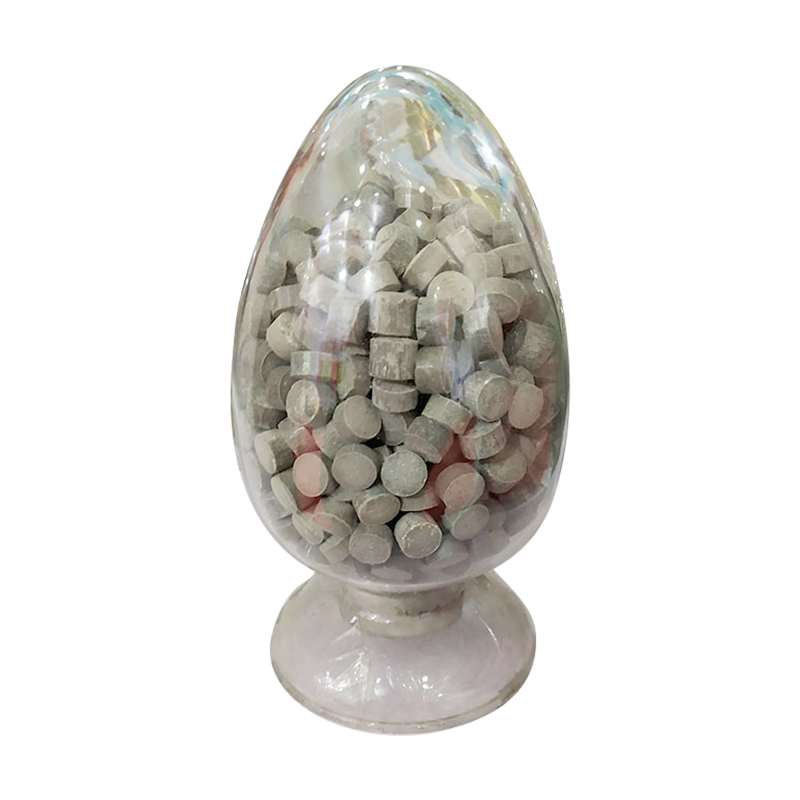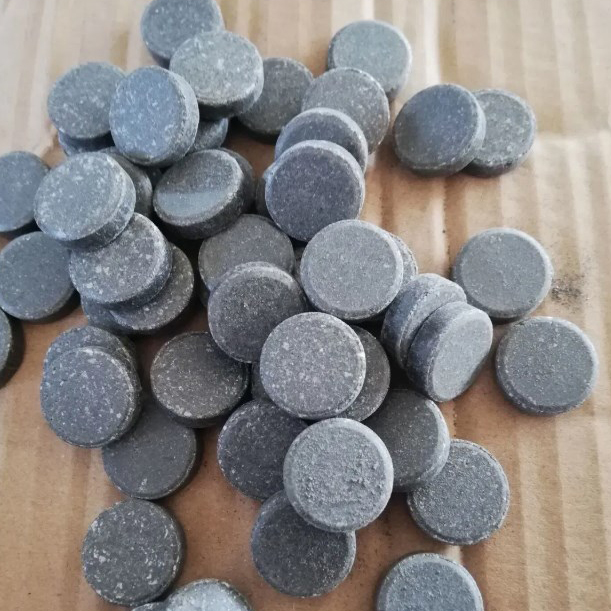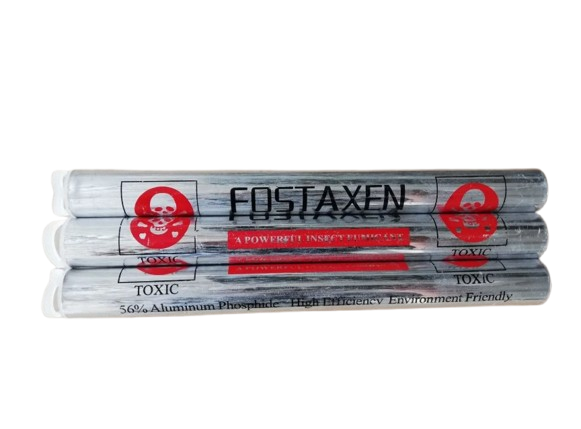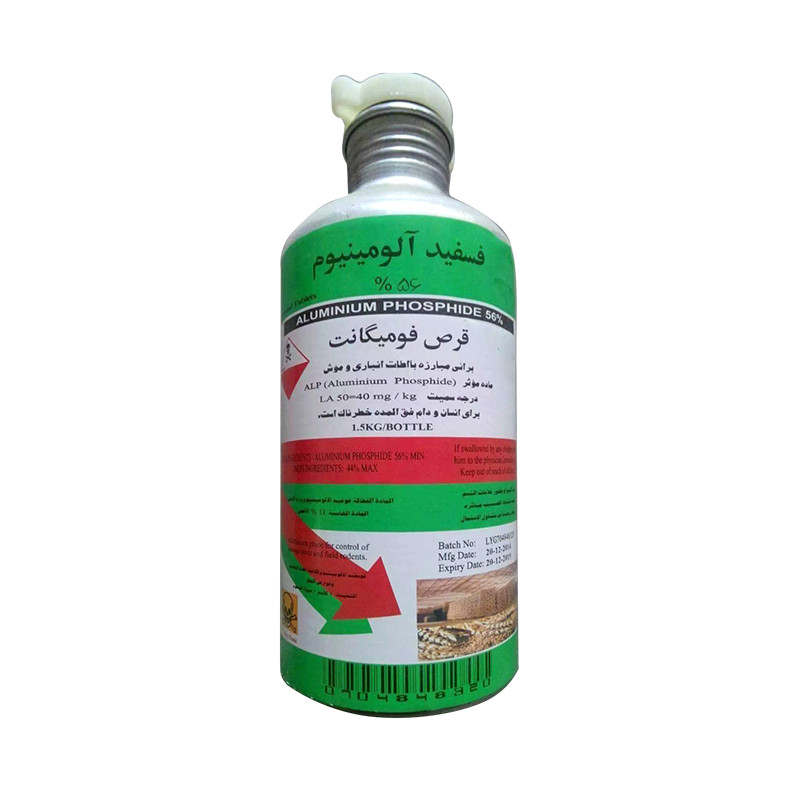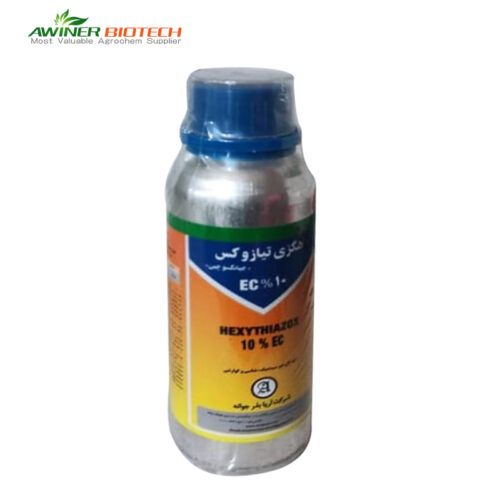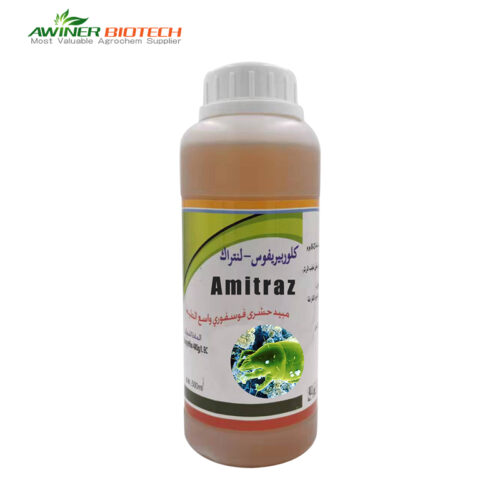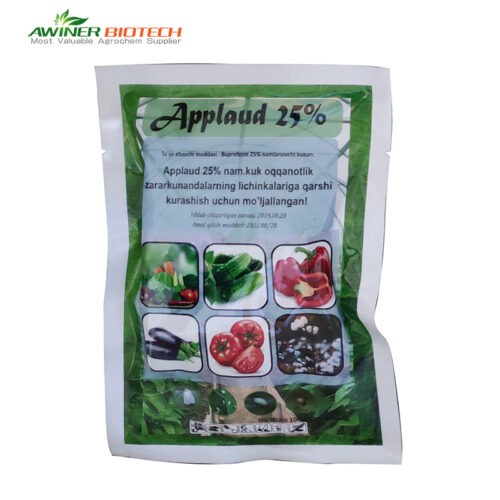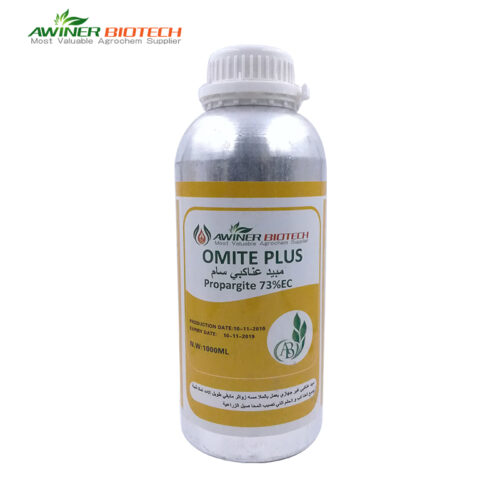Aluminum Phosphide 56%TB is a powerful fumigant pesticide used to control stored grain pests and rodents effectively, ensuring long-lasting protection.
Product Description
Product Name: Aluminum Phosphide 56%TB
Classification: Fumigant insecticide
CAS No.: 20859-73-8
Application: Aluminum Phosphide 56%TB is a powerful fumigant
pesticide used to control stored grain pests and rodents effectively,
ensuring long-lasting protection.
Mode of Action
AWINER Aluminum phosphide is a broad-spectrum fumigant widely used for pest and rodent control in areas such as cargo, warehouses, grain storage, seed silos, and caves. When aluminum phosphide absorbs moisture from the air, it rapidly releases phosphine gas (PH₃). Phosphine gas enters the respiratory system of insects or rodents and acts on the respiratory chain and cytochrome oxidase in their mitochondria, blocking normal respiration and causing death. In an aerobic environment, pests inhale phosphine, which produces strong effects, while hypoxic conditions reduce its toxicity. High concentrations of phosphine paralyze insects or induce a protective coma, decrease their respiration, and eventually kill them. Farmers apply this agent to fumigate raw grains, processed grains, oilseed crops, and dried tubers to control insects. When treating seeds, they must adjust and control the moisture levels according to each crop.



Using Method
1. Target Use
Suitable for fumigating enclosed spaces such as grain storage, oilseed crops, tobacco, dried fruits, nuts, animal feed, cargo warehouses, and containers for insect and rodent control.
2. How it Works
When aluminum phosphide tablets or pieces absorb moisture in the air, they release toxic phosphine gas (PH₃). This gas penetrates grain piles and packaging, killing insects, rodents, and their eggs, pupae, larvae, and all stages of development.
3. Dosage Reference
Grain silo fumigation: Approximately 1.5–3 grams per cubic meter.
Container fumigation: Approximately 2–3 grams per cubic meter.
Warehouse or cargo hold fumigation: 2–5 grams per cubic meter may be used, depending on airtightness and insect infestation severity.
Note: The specific dosage should be adjusted appropriately based on temperature, humidity, airtightness, and insect infestation.
4. Instructions
Wrap the tablets in paper or a special cloth bag and distribute them evenly in the grain pile, between cargo, or on the ground.
The fumigation area must be tightly sealed to prevent gas leakage.
Maintain the airtight seal for 5–7 days, or longer if the temperature is low.
After fumigation, thoroughly ventilate the area for 24–48 hours to ensure that the phosphine gas has completely dissipated before reentering.
5. Precautions
Do not use in inhabited areas or open spaces.
Wear a respirator and gloves during operation to prevent inhalation.
Store away from sources of fire, moisture, and flammable materials.
After fumigation, properly dispose of residue to avoid environmental contamination.
Application scope
Aluminum Phosphide is a broad-spectrum fumigant used to control storage pests and rodents in various environments. When exposed to moisture, it releases phosphine gas (PH₃), which penetrates deeply into stored products and packaging, killing insects at all life stages, including eggs, larvae, pupae, and adults. It is suitable for fumigating raw and processed grains, seed grains, oil crops, dried tubers, and stored goods such as tobacco, feed, dried fruits, nuts, tea, and herbs. It can also be used in ships, containers, railway wagons, and warehouses for pest and rodent control, and for export quarantine treatments. Use only in sealed, unoccupied areas.

